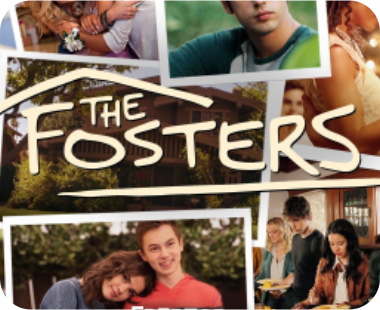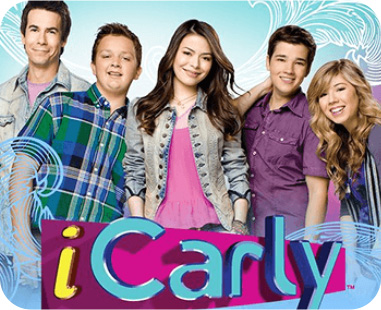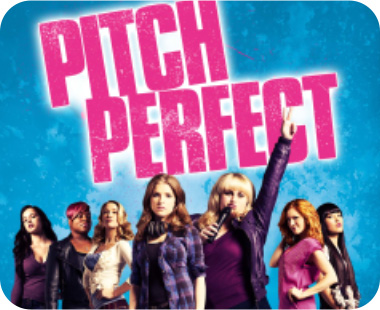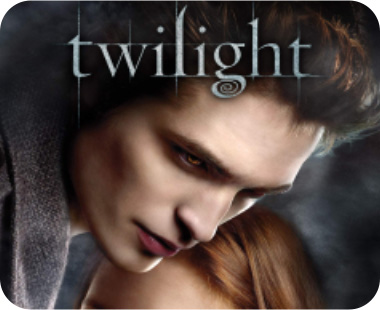Just by knowing basic stage and set direction in Albuquerque, you can simplify theatre acting. If it helps any, all plays have some degree of stage direction written into the script. Stage directions are there primarily to help guide the actors’ movements on stage but can serve many different functions even in Albuquerque. An actor’s movements on stage are referred to as “blocking” by those that are in the theatre.
These notations in the script, written by the playwright and set aside with brackets, tell the actors where to sit, stand, move about, enter and exit there in Albuquerque and many other places. Stage directions also can be used to tell an actor how to shape his or her performance. They may describe how the character behaves physically or mentally and are often used by the playwright to guide the play’s emotional tone. Some scripts also contain notations on lighting, music and sound effects.
It’s important to understand the common stage directions in Albuquerque. Stage directions are written from the perspective of the actor facing the audience. An actor who turns to his or her right is moving stage right, while an actor who turns to his or her left is moving stage left. The front of the stage, called downstage, is the end closest to the audience. The rear of the stage, called upstage, is behind the actor’s back, furthest from the audience. These terms come from the structure of stages in the Middle Ages and early modern period, which were built on an upward slope away from the audience to improve viewer visibility. “Upstage” refers to the section of the stage that was higher, while “downstage” refers to the area that was lower.
Then you have from the rear of the stage to the audience themselves, there are usually three zones you can note in pretty much any Albuquerque theatre: upstage, center stage and downstage. These are each divided into three or five sections, depending on the size. If there are just three sections, there will be a center, left and right in each. When in the center stage zone, right or left may be referred to simply as stage right and stage left, with only the very middle of the stage being referred to as center stage.
If your stage in Albuquerque has been divided into 15 sections instead of nine, there will be a “left-center” and a “right-center” in each section, for five possible locations in each of the three zones. When you see stage directions in published plays, they are often in abbreviated form. Here’s what they mean:
DRC: Downstage Right-Center
DLC: Downstage left-center
URC: Upstage Right-Center
Knowing how to use stage directions effectively is important and will help you improve your craft. It doesn’t matter if you are an actor, writer or director in this area of production. A good place to start is by making things short and sweet. Stage directions are meant to guide performers. The best ones, therefore, are clear and concise and can be interpreted easily. Consider your motivation. A script may tell an actor to walk quickly downstage center and little else. That’s where a director and actor must learn how to work together in Albuquerque, to better interpret this guidance in a manner that would seem appropriate for the character.
Remember, practice makes perfect. It takes time for a character’s habits, sensibilities and gestures to become natural, especially when they have been decided by someone else. Achieving this means lots of rehearsal time both alone and with other actors, as well as being willing to try different approaches when you hit a roadblock. This is not a bad thing and allows for you to show flexibility in your skills. Directions are suggestions, not commands.
Stage directions are the playwright’s chance to shape physical and emotional space through effective blocking. That said, directors and actors don’t have to be faithful to stage directions if they think a different interpretation would be more effective in Albuquerque at that point in time. It all just comes down to what the director thinks will work best and in the way a scene plays out on stage and the position of the actors. There can be many variables that the director will take into account as he directs those actors on stage in Albuquerque.










